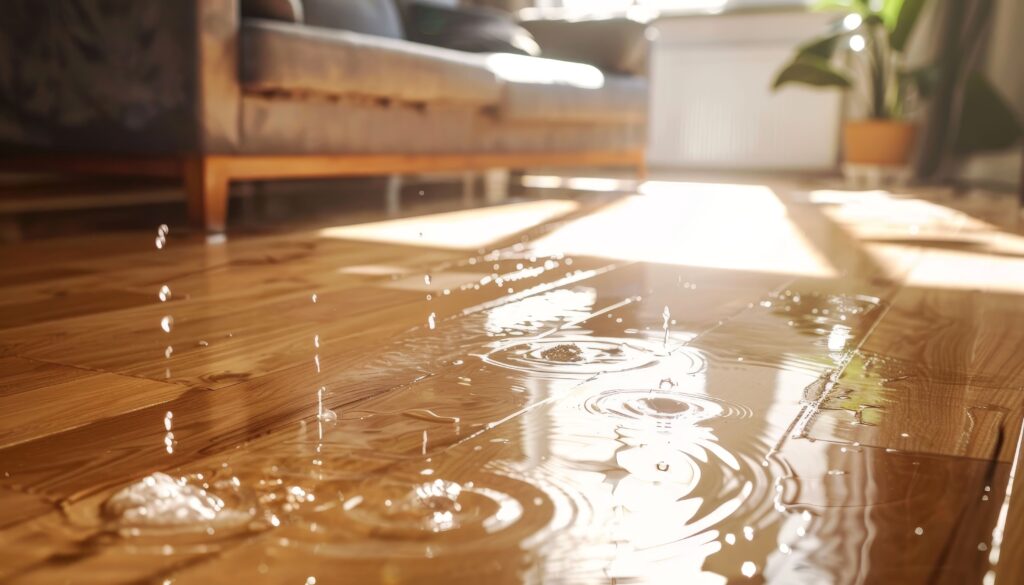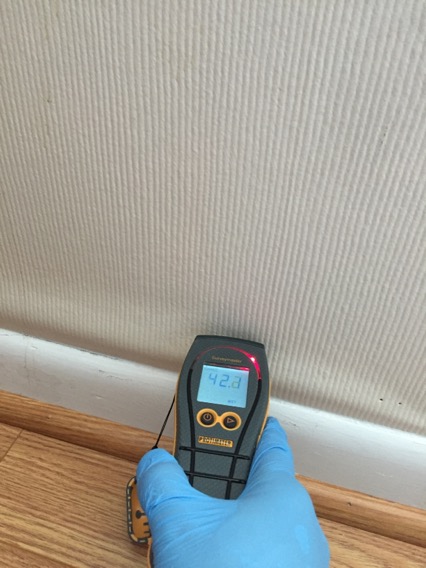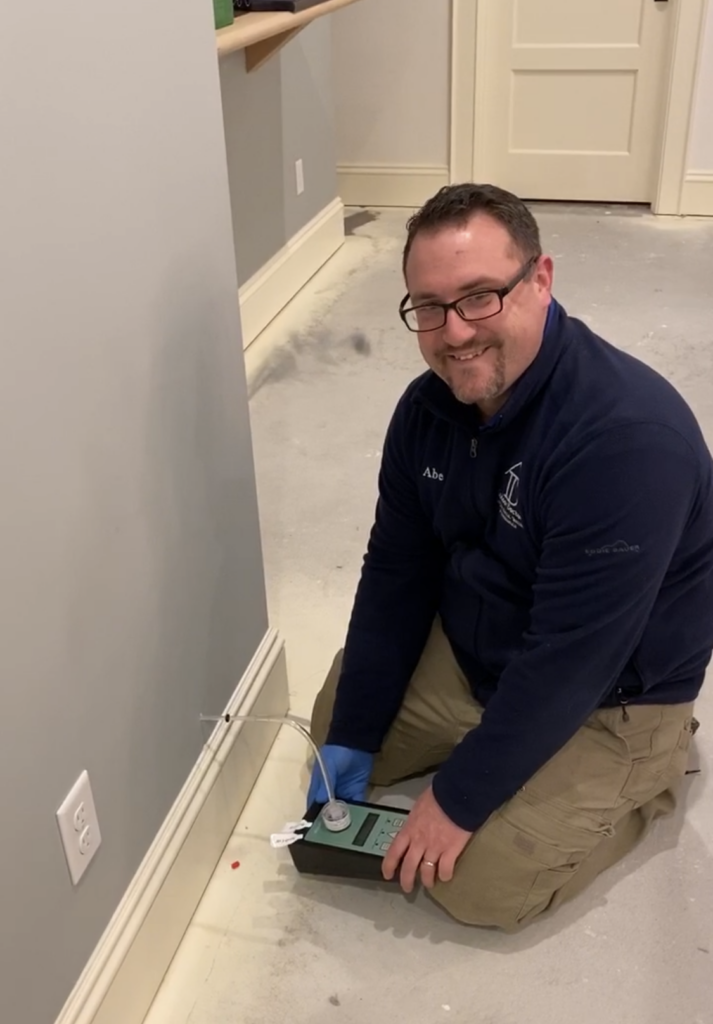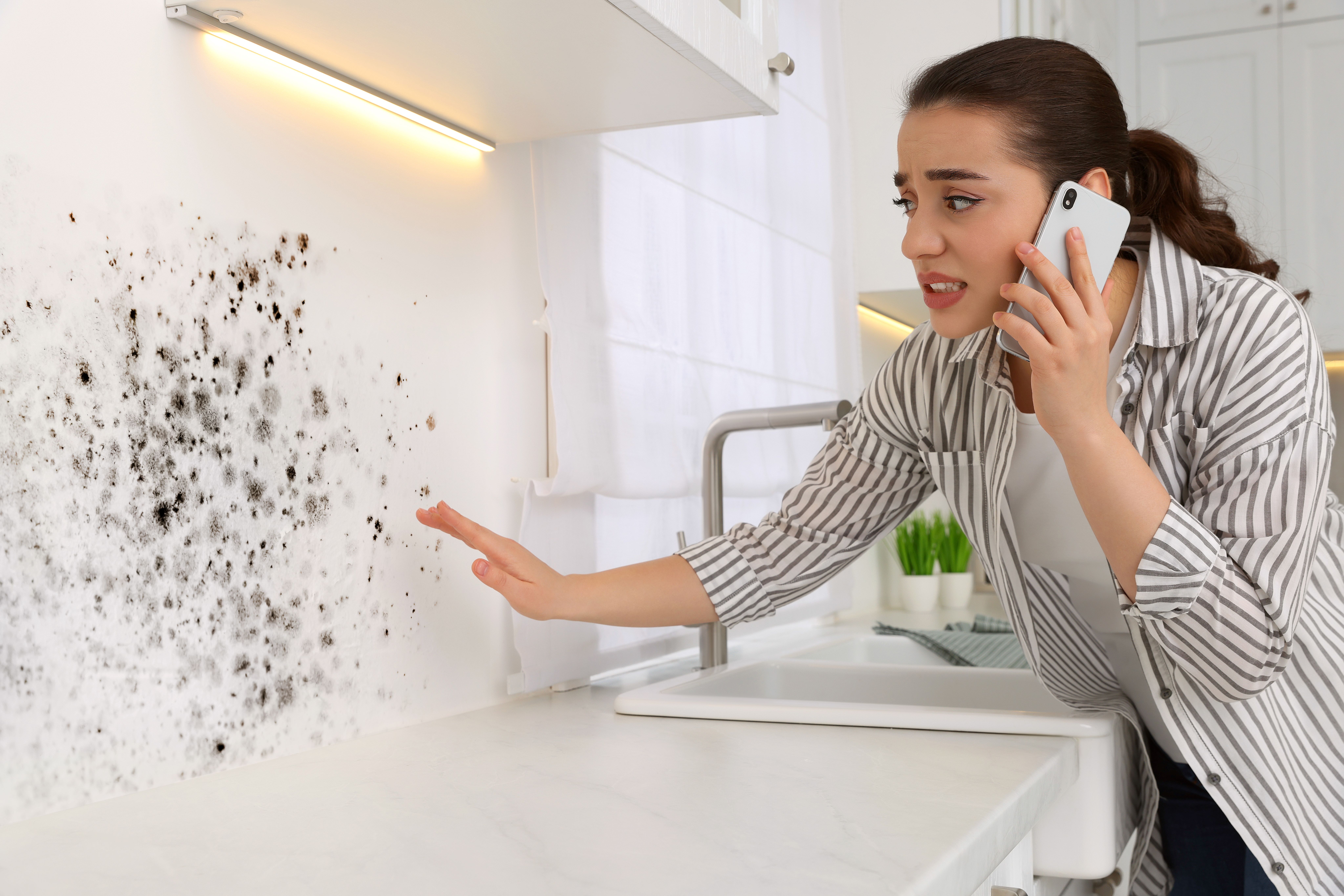As a homeowner, it’s essential to understand your insurance policy thoroughly, especially when it comes to coverage for fungi, mold, rot, bacteria, and decay. Mold, in particular, can pose serious health risks and structural damage if not addressed properly. In this blog, we’ll guide you through the importance of checking your insurance policy for these specific riders and explain why mold testing and remediation are crucial.
Understanding Your Insurance Policy
Homeowners’ insurance policies typically include various riders or endorsements that provide coverage for specific perils. One such rider is the Limited Fungi, Mold, Rot, Bacteria, and Decay Rider. This rider outlines the coverage limits and conditions under which your insurance company will pay for mold-related damages.

Why You Need to Check for This Rider
- Coverage Limits: Most policies cover up to $10,000 for mold testing and remediation claims . It’s crucial to know this limit to plan your budget for potential mold issues.
- Conditions and Exclusions: Understand the specific conditions under which your policy will cover mold damage. Some policies may exclude certain types of mold or damage caused by neglect .
- Claims Process: Familiarize yourself with the claims process for mold damage to ensure a smooth and efficient experience if you need to file a claim .
Importance of Mold Testing
Mold testing is a vital step in identifying the extent and type of mold present in your home. It provides a clear and complete work scope for remediation efforts. Independent mold testing can help ensure that the remediation process addresses all affected areas, preventing future mold growth and ensuring a healthy living environment.
Why Mold Testing Matters
- Accurate Diagnosis: Mold testing identifies the specific types of mold present, which is essential for effective remediation .
- Health Concerns: Different molds can cause various health issues, including respiratory problems, allergies, and skin irritation. Knowing what type of mold you’re dealing with can guide appropriate health precautions .
- Insurance Claims: Proper documentation of mold testing can support your insurance claim, demonstrating the necessity of remediation .

Insurance Companies vs. Homeowners
It’s important to note that insurance companies may have different intentions compared to homeowners when it comes to mold coverage. Insurance companies aim to limit the scope of coverage and minimize payouts. In contrast, homeowners seek comprehensive coverage to ensure a healthy home environment.
Navigating Conflicting Intentions
- Policy Review: Regularly review your insurance policy to understand the coverage details and limitations .
- Professional Advice: Consider consulting with an insurance expert or attorney to interpret your policy and advocate for your interests .
- Detailed Documentation: Keep detailed records of any water damage, mold testing, and remediation efforts to support your claims .
Health Risks of Mold
Failure to respond promptly and properly to water damage can lead to severe mold growth, posing significant health risks. Mold can cause a range of health issues, including:
- Respiratory Problems: Mold spores can trigger asthma attacks, bronchitis, and other respiratory conditions .
- Allergic Reactions: Exposure to mold can cause sneezing, runny nose, red eyes, and skin rashes .
- Long-term Health Effects: Prolonged exposure to mold can lead to chronic health issues, especially for individuals with weakened immune systems .

Quality Assurance Testing After Remediation
After mold remediation, quality assurance testing is crucial to ensure that all mold has been effectively removed and that the home is safe for occupancy. This final testing verifies that the remediation process was successful and that no mold remains.
Steps for Quality Assurance Testing
- Post-Remediation Inspection: A thorough inspection by a certified mold inspector to check for any remaining mold .
- Air Quality Testing: Measuring mold spore levels in the air to ensure they are within safe limits .
- Surface Sampling: Testing surfaces in previously affected areas to confirm the absence of mold .
Conclusion

As a homeowner, understanding your insurance policy’s coverage for fungi, mold, rot, bacteria, and decay is essential for protecting your home and health. Regular mold testing and thorough remediation are critical steps in maintaining a safe living environment. By staying informed and proactive, you can ensure that your insurance policy supports your goal of a healthy and mold-free home.
Remember, most policies cover up to $10,000 for mold testing and remediation claims, so make sure to review your policy and take the necessary steps to safeguard your home against mold-related issues.
Sources:
- “Understanding Mold Insurance Coverage.” Insurance Information Institute. Accessed July 3, 2024. iii.org
- “Mold and Insurance: What You Need to Know.” National Association of Insurance Commissioners. Accessed July 3, 2024. naic.org
- “Fungi and Bacteria Endorsement.” The Balance. Accessed July 3, 2024. thebalance.com
- “The Importance of Mold Testing in Your Home.” Mold Remediation Services. Accessed July 3, 2024. moldremediationservices.com
- “Health Effects of Mold Exposure.” Centers for Disease Control and Prevention. Accessed July 3, 2024. cdc.gov
- “How to File a Mold Insurance Claim.” Mold Specialist. Accessed July 3, 2024. moldspecialist.com
- “Reviewing Your Homeowners Insurance Policy.” Consumer Reports. Accessed July 3, 2024. consumerreports.org
- “Insurance Disputes and How to Handle Them.” Insurance Claims Help. Accessed July 3, 2024. insuranceclaimshelp.com
- “Documenting Mold Damage for Insurance Claims.” Restoration Experts. Accessed July 3, 2024. restorationexperts.com
- “Respiratory Health and Mold.” American Lung Association. Accessed July 3, 2024. lung.org
- “Mold Allergy Symptoms and Treatment.” Mayo Clinic. Accessed July 3, 2024. mayoclinic.org
- “Chronic Health Effects of Mold Exposure.” Environmental Protection Agency. Accessed July 3, 2024. epa.gov
- “Post-Remediation Mold Inspection.” Certified Mold Inspectors. Accessed July 3, 2024. certifiedmoldinspectors.com
- “Air Quality Testing for Mold.” Indoor Air Quality Association. Accessed July 3, 2024. iaqa.org
- “Surface Sampling for Mold.” Environmental Testing Services. Accessed July 3, 2024. environmentaltestingservices.com




